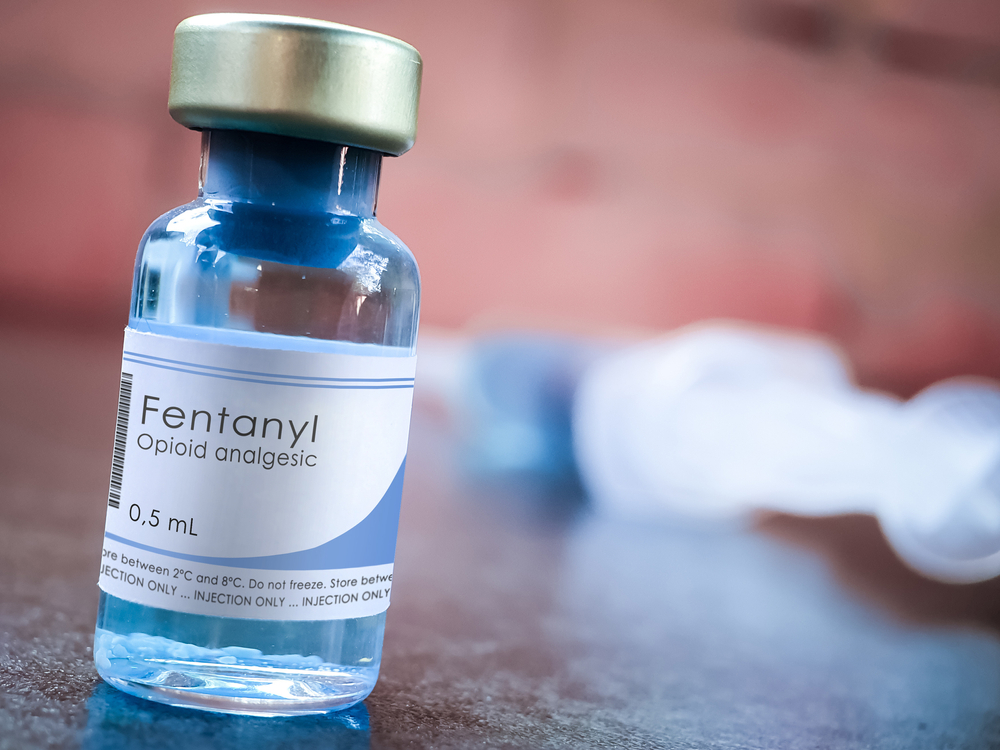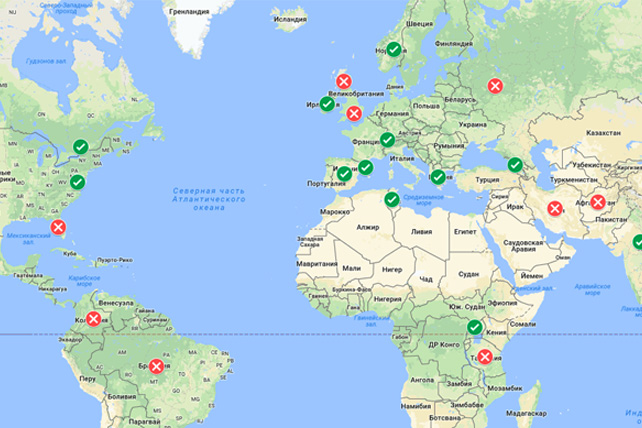Today [October 30] marks five years since the New York Times published its front-page article proclaiming “In heroin crisis, white families seek a gentler war on drugs.” Many things have changed since then, but the drug war rages on. Overdose deaths hit record highs in 2019, and estimates suggest that 2020 may be the worst year yet due to physical isolation, lack of access to treatment and harm reduction, and the disrupted drug supply caused by the pandemic.
Did the white families highlighted in the latest opioid overdose crisis get the gentler war they asked for five years ago? Depends on who you ask. But for Black and Latinx families, the answer, marked by arrests and police violence, is a resounding no.
Before media narratives such as this framed the drug overdose crisis as a white crisis, overdose deaths for Black and Latinx people were already rising. National opioid overdose rates among Black and Latinx communities began to steeply increase in 2012 and 2013, and it worsened from 2014–2017, with the Black death rate increasing by 230% and Latinx death rate increasing by 170%. During the same time period, fentanyl-involved overdose deaths increased by 174% among Black people and 40% of all Latinx overdose deaths involved fentanyl in 2017. Cocaine- and methamphetamine-involved overdose deaths have also dramatically increased among Black and Latinx communities, many of which also involved opioids. But despite the devastation that the overdose crisis has caused in communities of color, these stories have rarely made national headlines.
Instead, drug war arrests have remained a key priority among law enforcement, explicitly targeting Black, Latinx and Indigenous people along with non-citizens. Drug offenses are the leading cause of arrest in the United States, remaining largely unchanged between 2010 and 2019. Black people — who are 13% of the U.S. population — make up 26% of all people arrested for drug offenses, despite the fact that people of all races use and sell drugs at similar rates.
And these arrests have resulted in far too many people in the U.S. being incarcerated or under state surveillance. In fact, one in every five people in prison or jail, over 450,000 people, is there because of a drug offense, while another 750,000 people are on probation or parole.
In many ways, the consequences of the drug war have been even more severe for non-citizens, with ICE making a drug arrest every eight minutes in 2019, and after “illegal entry,” drug offenses were responsible for more deportations than anything else last year. The result of this has tragically been family separation and community devastation.
“The foster system has become ground zero of the US drug war” according to a new report by the Movement for Family Power, which found that between 2001 and 2011, one in nine Black children and one in seven Indigenous children were removed from their parents’ care.
Like the crack-cocaine disparities of the 1980’s, policymakers have even found new ways to pass harsher penalties and reinforce mandatory minimums — this time with fentanyl, of which the vast majority of those arrested have been Black or Latinx. Drug Policy Alliance’s recent report on fentanyl sentencing found that 39 states passed or enacted laws codifying harsher penalties for fentanyl since 2011, many of which were also the same exact places where policymakers enacted a number of positive drug policy reforms. An analysis of the U.S. Sentencing Commission’s fentanyl arrests found that fentanyl offense enforcement increased by 3,940% between 2015 and 2019, with 77% of those sentenced for fentanyl trafficking being Black or Latinx. Yet, despite this, none of the states that enacted harsher penalties for fentanyl have seen a reduction in fentanyl-involved deaths.
Even as more states passed 911 Good Samaritan Laws and laws to increase naloxone access, punitive and harmful drug-induced homicide prosecutions skyrocketed across the country. In recent years, all 50 states passed laws allowing easier access to naloxone and 45 states had 911 Good Samaritan Laws to encourage bystanders, without fear of arrest, to call 911 if they witnessed an overdose. Yet at the same time, drug-induced homicides proliferated. These laws have been enacted or revived in half of all U.S. states in recent years and are intended to charge drug sellers — or others who provide an overdose victim with drugs — with murder. And as these cases have increased, so has the sentencing disparities by race, with the average Black defendants getting twice as long as for white defendants.
Police and law enforcement have played a greater role in the public health responses to overdose in some communities, while largely using harassment and violence to respond to Black and Latinx people involved with drugs. Even Law Enforcement Assisted Diversion (LEAD) programs, where people with substance use disorders can get diverted to treatment rather than being arrested, seem to have disproportionately benefited white participants.
Meanwhile, police-involved killings of Black and Latinx people continue to rise with drugs being used all too often as pretext for the officers’ merciless actions.
So where have media narratives of white families calling for a kinder approach to drug use gotten us? Over the past five years, the ‘gentler drug war’ framing is largely a rhetorical one that reflects the bifurcated approach to drug policy in the U.S. We’ve heard the media talk of a waning drug war, but this obfuscates the reality that overdose rates among communities of color continue to climb and the war on drugs rages on — for some people. Some people, predominantly Black and Latinx people, and increasingly poor whites, face punishment. Others — more affluent whites — are afforded compassion and offered treatments like buprenorphine at higher rates.
U.S. drug policy has long been driven by racism and political ideology. Unfortunately, that remains true. While there is more openness towards treatment and harm reduction, our punitive responses, particularly against Black, Latinx and Indigenous people, have only intensified. It’s time, not for a gentler drug war for some, but to end the failed drug war for all.
This article was originally published by Drug Policy Alliance, a leading organization promoting drug policies that are grounded in science, compassion, health & human rights. Follow DPA on Facebook, Twitter or Instagram.


